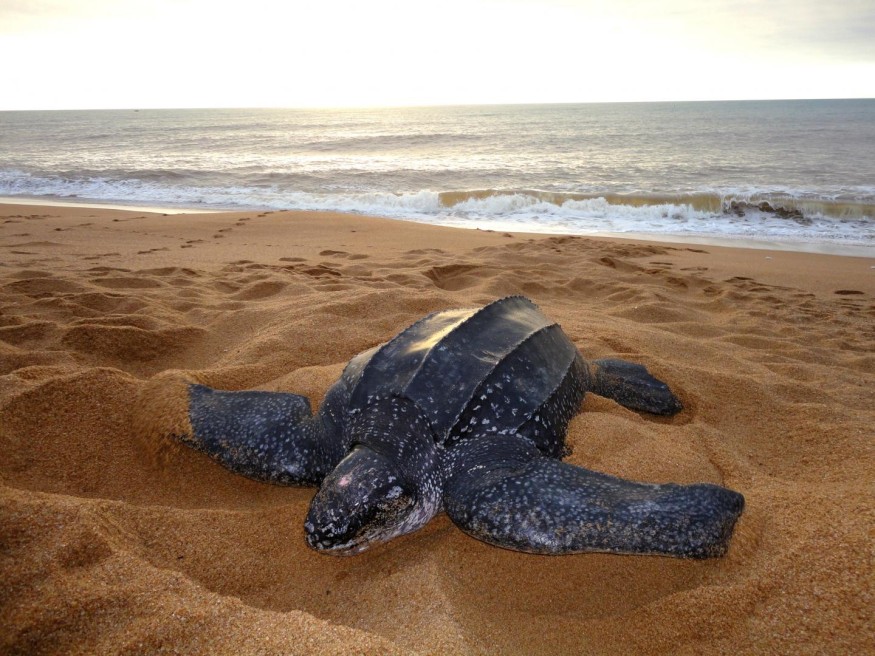Authorities suspect pollutants connected to the state's heavy rain and severe flooding may have killed a sizeable dead leatherback turtle that washed up on the NSW central coast.

Turtle Washed Ashore
The turtle, which washed up on Avoca beach on Wednesday morning, is thought to be a 30-year-old adult with a length of almost 1.8 meters, says a report in The Guardian.
According to officials at Australian Seabird and Turtle Rescue, the turtle was most likely harmed by the pollutants caused by the flooding and heavy rains that swept the east coast.
Leatherback turtles, the biggest marine turtles, reach sexual maturity at the age of 20 and can survive for up to 50 years.
Uncommon in NSW
In NSW, the leatherback is classified as an endangered species, having a high risk of extinction if risks to its existence are not addressed.
Although sightings are uncommon, the species can occasionally be seen feeding and foraging in the coastal waters of NSW, which are considered part of its migratory corridor.
Only 58 leatherback turtles have been spotted in New South Wales.
What the Authorities are Doing

According to a spokeswoman for the NSW National Parks and Wildlife Service, the cause of its death has yet to be determined.
"No evident clues are pointing to how the turtle may have died," they stated, adding that specialists from the Australian Registry for Wildlife Health are collecting samples for testing.
The Australian Museum will also collect the skull to better understand the leatherback population in Australia.
Authorities have retrieved the turtle's body off the shore and will bury it.
Earlier this week, the body of another leatherback washed up on Birdie Beach, a bit further north.
According to Mark Hamann, turtles suffer several problems in the Pacific Ocean, an assistant professor of marine biology at James Cook University.
"We've got a plethora of consequences across the whole ocean basin affecting the species, from pollution, to loss of eggs, loss of habitat, and fisheries bycatch."
It's unusual to see them. He claims that just a tiny number of leatherback turtles wash ashore each year along Australia's east coast.
Issues the Leatherback is Facing
Due to their specific diet of jellyfish, Hamann believes the turtle was harmed by the pollutants swept up by the flooding in northern NSW.
They are well aware that one of the major issues facing leatherback turtles is their intake of plastics.
As a result, the leatherback may devour plastic bags that smell like jellyfish. Because there is already a lot of plastic in the environment, these floods further add to the problem.
According to Hamann, the turtle might have possibly been caught in bycatch by fisheries.
"We know that a small number of leatherback turtles are killed every year in Australia and across the world due to bycatch in various fisheries."
Related Article : Ocean Warming Makes the Water 'Louder,' Impacting Marine Life
For more Environmental News, don't forget to follow Nature World News!
© 2025 NatureWorldNews.com All rights reserved. Do not reproduce without permission.





